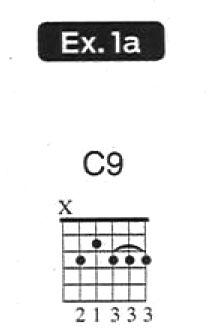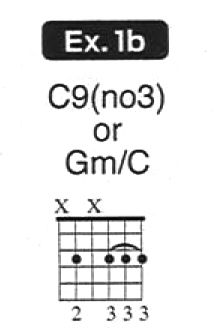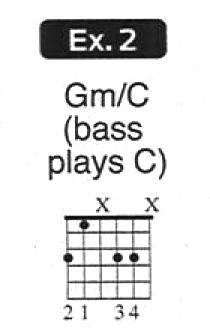Unraveling Jimmy Page’s “Immigrant Song” Mystery Chord
Jimmy Page once said that it's a chord that "nobody could work out.”

Between odd timings, altered tunings, and off-the-beaten-path harmonic structures, the Led Zeppelin catalog is bursting with songs that are ripe for exploration.
As it happens, there has been quite a debate going on regarding the chord Jimmy Page inserts into the outro section of “Immigrant Song,” the opening cut from Led Zeppelin III.
Following the lyric, “For peace and trust can win the day in spite of all your losing,” the chord can be heard over the next six measures on the last beat of every other measure; after that, it can be heard at the end of every measure.
For reference, check out the clip below. You can hear the chord in question at 1:56, 2:01, and 2:05, and then at the end of every measure that follows.

When questioned about the chord, Page once described it as a “block chord that people never get right,” and seemed genuinely delighted that “it’s a chord that nobody could work out.”
Until now.
The chord in question has, to my ears, always been a stock C9 (Ex. 1a), a standard b5 substitution for the song’s relentless main F# octave riff that was used for, as Page described it, “putting a massive brake on this machine.”
But more recent scrutiny had me questioning the inclusion of the chord’s 3 (E), so I became convinced this was essentially a third-less C9, or a second-inversion Gm triad played over a C bass, as shown in Ex. 1b.

Once again, I was loud, proud – and wrong!
But I wasn’t alone. There are also claims that the chord is a straight C# (dead wrong), a fully-barred third-position Gm (closer, but still no cigar), and so forth.
Enter the fine folks at Alfred Music and their Platinum Edition series of Led Zeppelin transcription folios, which were produced with direct participation from Jimmy Page himself.
Alfred’s Aaron Stang looked into his files and found documentation confirming that the transcription of “Immigrant Song” found in the Platinum Edition of Led Zeppelin III portrays the exact chord voicing that Page approved for the book. Hallelujah!
As it turned out, Page had all of us fooled! The actual chord is indeed a Gm but with a much different voicing than expected.

Ex. 2 shows his four-note voicing, spelled G-Bb-Bb-D (root-b3-b3-5) from the bottom up and played on the sixth, fifth, third, and second strings. Perhaps the biggest revelation here was Page’s confirmation that bassist John Paul Jones was the only one playing a C.
Enlist a bassist to double the F# octave rid and cover the low C, drop this voicing onto beat four of every other measure for the long version and beat four of every measure for the short version, and enjoy the exhilaration of playing it right for the first time.
Get The Pick Newsletter
All the latest guitar news, interviews, lessons, reviews, deals and more, direct to your inbox!
“Write for five minutes a day. I mean, who can’t manage that?” Mike Stern's top five guitar tips include one simple fix to help you develop your personal guitar style
"It’s like you’re making a statement. And you never know where it’ll lead." Pete Thorn shares the tip that convinced Joe Satriani he was the right guitarist for the SatchVai Band










